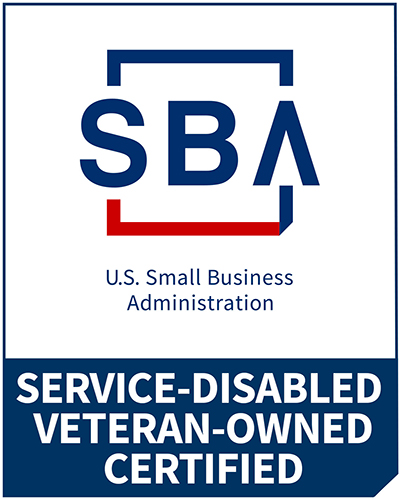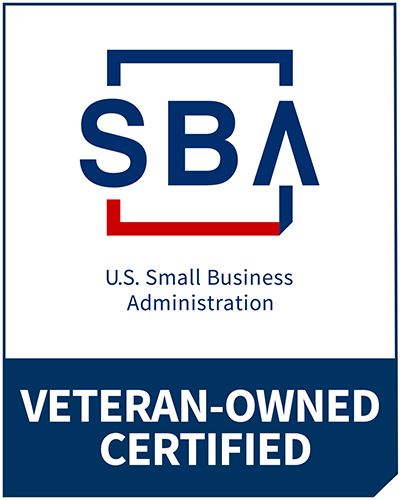Disagreements are an inevitable part of human relationships, and workplace relationships are no different. As we push forward aiming for organizational and personal success, we each do so with our unique mindset. Conflict sometimes follows. Conflict can have a negative connotation, but is it really a problem?
Dictionary.com defines conflict as “to come into collision or disagreement; be contradictory, at variance, or in opposition; clash.” I see it as a tension between ideas, strategies, and opinions. As a leader, I want to see this! The absence of it evokes images of an apathetic workforce where people are not diving in. I don’t want a workplace that says, “sure whatever you want.” I want a workplace that pushes to advance to the leading edge.
Organizations that thrive, innovate, and disrupt ask hard questions and exchange ideas and creativity. This process is never simple and without disagreement. Disagreement can be healthy; for example, it can indicate growth, which is often an uncomfortable process. Disagreement can kick off a process in which colleagues educate each other and bring whole groups to new levels of awareness. It can push each of us to new levels of understanding, problem solving, and thinking.
Conflict is part of the workplace dynamic, but it doesn’t have to be a negative drain on energy or productivity. Once we adjust our thinking and stop looking at conflict as a matter of good and bad, we can manage our conflicts and, in the process, achieve greater levels of interpersonal mastery.
Conflict can move beyond the zone of productive dissonance and become toxic leading to reduced employee satisfaction and workplace morale. The key is effectively managing the conflict rather than running from it or being frightened by it. How do we do so to ensure the tension and disagreement work to elevate the team rather than divide it?
- Make a distinction between feedback and criticism. Emotion can lead us to judge others or to perceive input as criticism. If it’s truly the intention to offer feedback rather than criticism, we can do whatever it takes to make that happen. It may be as simple as using “I” statements, explaining how something makes one feel, rather than accusatory “you” statements. No two situations are alike, so expressing feedback in a way that is not critical is always a matter of judgment.
- Understanding the factors behind the conflict can help us influence the dynamic for the better. One of the most important truths about conflict is that it’s often not about what it seems to be about. Until we understand the real source of a conflict, we cannot successfully reduce it. There are proven ways to get at the heart of conflict. One is to remember that people seldom intend to be in conflict and most welcome the chance to move out of conflict. As leaders, we might help by looking beyond the source of a conflict. There are two factors at the heart of every conflict: (1) a position and (2) underlying interests. Effective conflict management distinguishes between the somewhat emotional positions people take based on what they want or expect in a situation and the underlying interests that may not be apparent to anyone in the dynamic.
- Assume good intentions. As I have observed groups in conflict I’ve found that usually everyone involved is operating with a motive to advance the organization to the next level, they each just have their own idea on how to get there. For example, one leader is advocating for innovation, which makes another concerned about budget and feel the need to fight for project resources, kicking off a disagreement over the organization’s strategy. In this scenario both parties have the same end goal, they each see the scenario through their own filter. We need to welcome each of these voices and ideas by safely assuming what each party wants it good for the whole.



